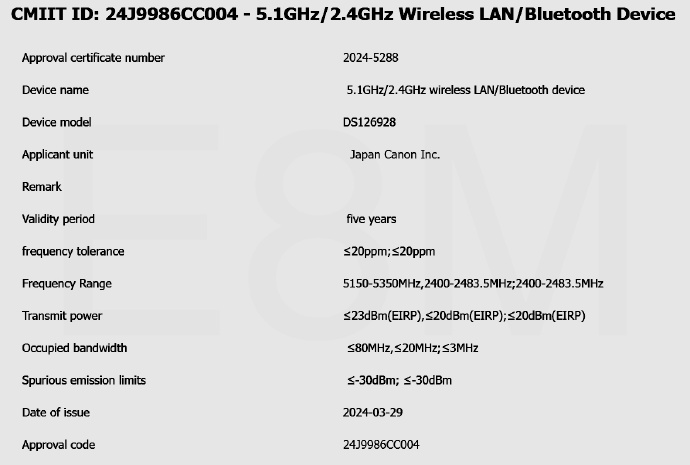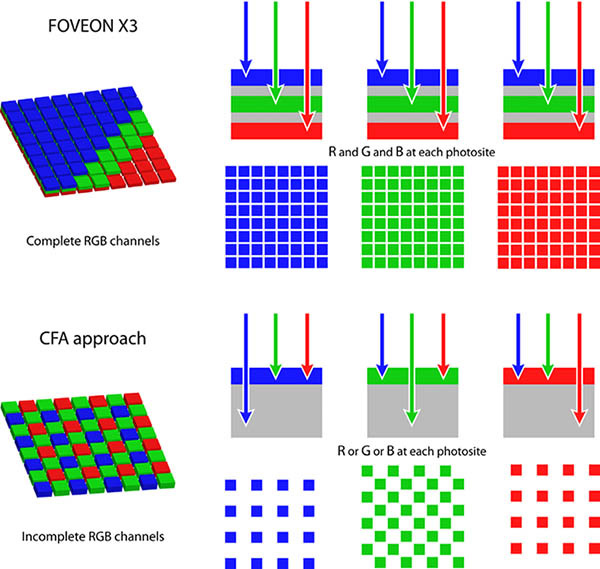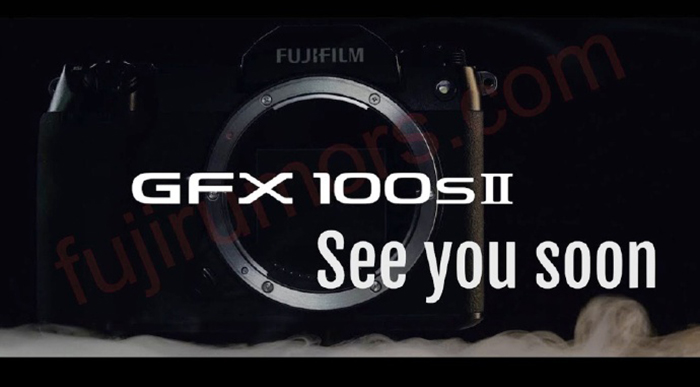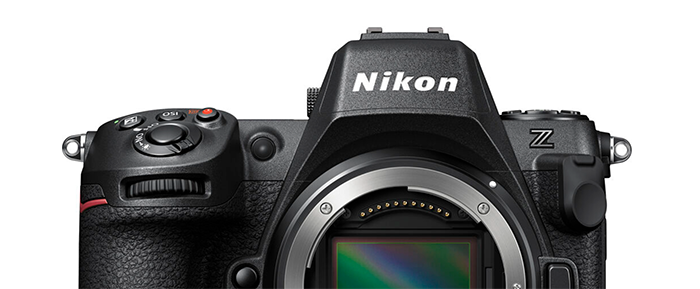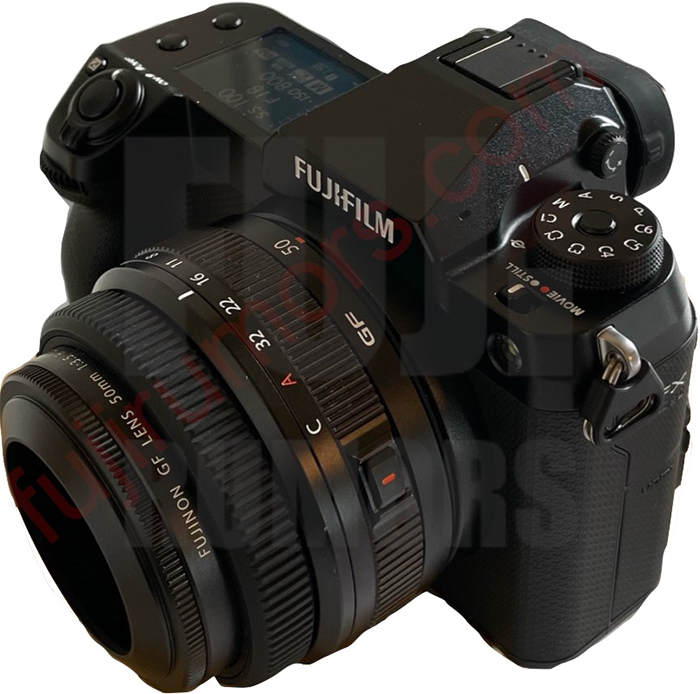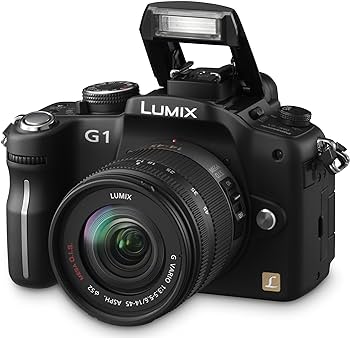Some new images and test of the 2 million dollar Leica Apo-Telyt-R 1600mm f/5.6
Kristian Dowling shortly tested the 2 million dollar Leica Apo-Telyt-R 1600mm f/5.6. He writes:
Testing in-store at ‘the Classic Store’ Leica Camera, Wetzlar Germany. Liam Arning of the store was kind enough to let me take his portrait. While never created as a portrait lens in mind, I decided to see what the compression of the 1600mm focal length would do to his face when taking a portrait – watch the video and see. disclaimer: this was not meant to be a promotional video nor anything serious. Just something fun to try the lens out on the new Leica SL3. It was quite sharp at the closest focusing distance I shot at, however it’s performance was optimised for longer distance shooting, so don’t look too much into the quality – just the compression of the very simple image.
BACKGROUND ON THE LENS:
In 2006, Leica Camera AG unveiled a groundbreaking creation: the Apo-Telyt-R 1600 mm f/5.6 lens, a true marvel of engineering. This extraordinary lens, weighing in at a staggering 60 kg and boasting dimensions of 1.2 meters in length (expanding to 1.55 meters with the lens hood attached) and a barrel diameter of 42 cm, redefined the limits of telephoto capabilities.
The genesis of this colossal telephoto lens traces back to a unique request from Sheikh Saud Bin Mohammed Al-Thani, the former Minister of Culture of Qatar. His vision for an exceptionally large and heavy lens pushed the boundaries of traditional optics, resulting in a piece that stands out not only for its technical prowess but also for its sheer size and weight. While its practicality may seem daunting, its creation marks a testament to Leica’s dedication to innovation and the pursuit of excellence in optical design.
And nope, you cannot buy this lens even if you sell your organs. Leica only made three copies of this lens and is to jealous to sell them!
One more video:
